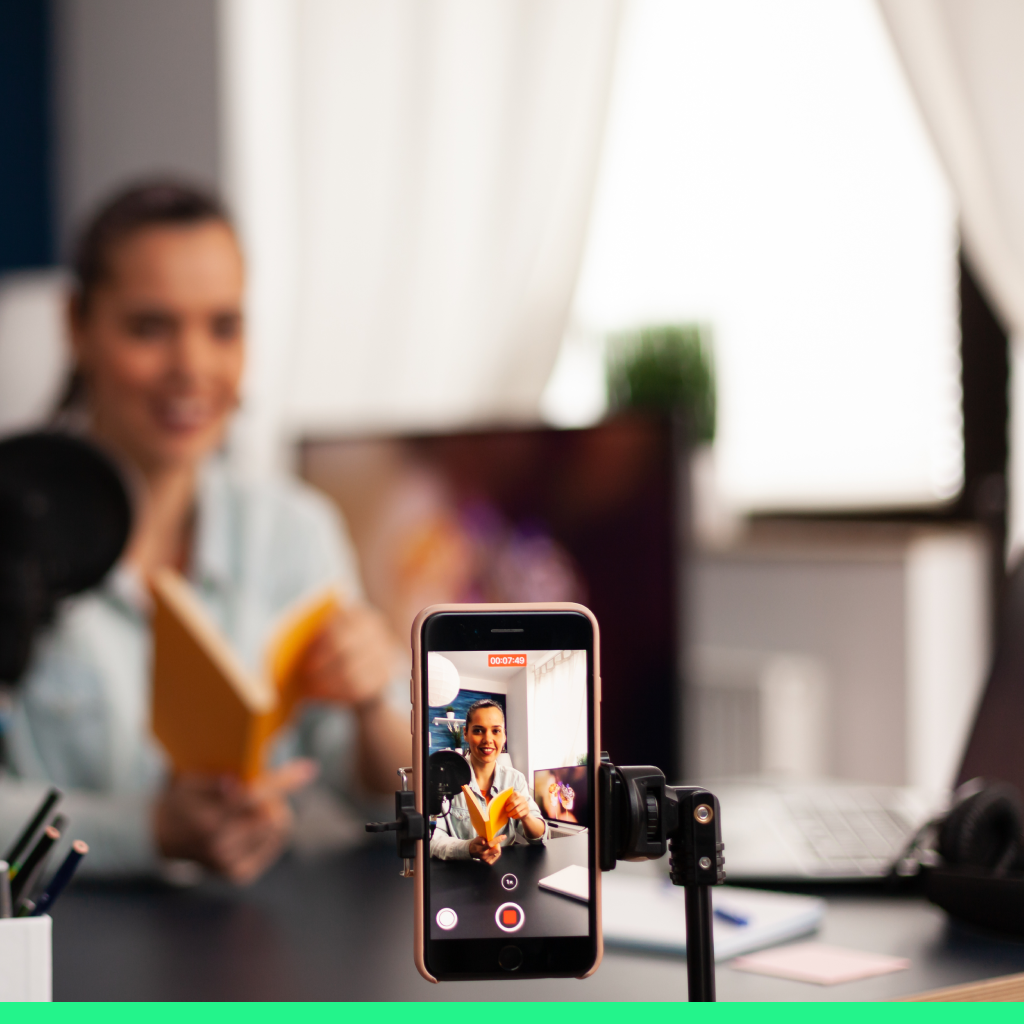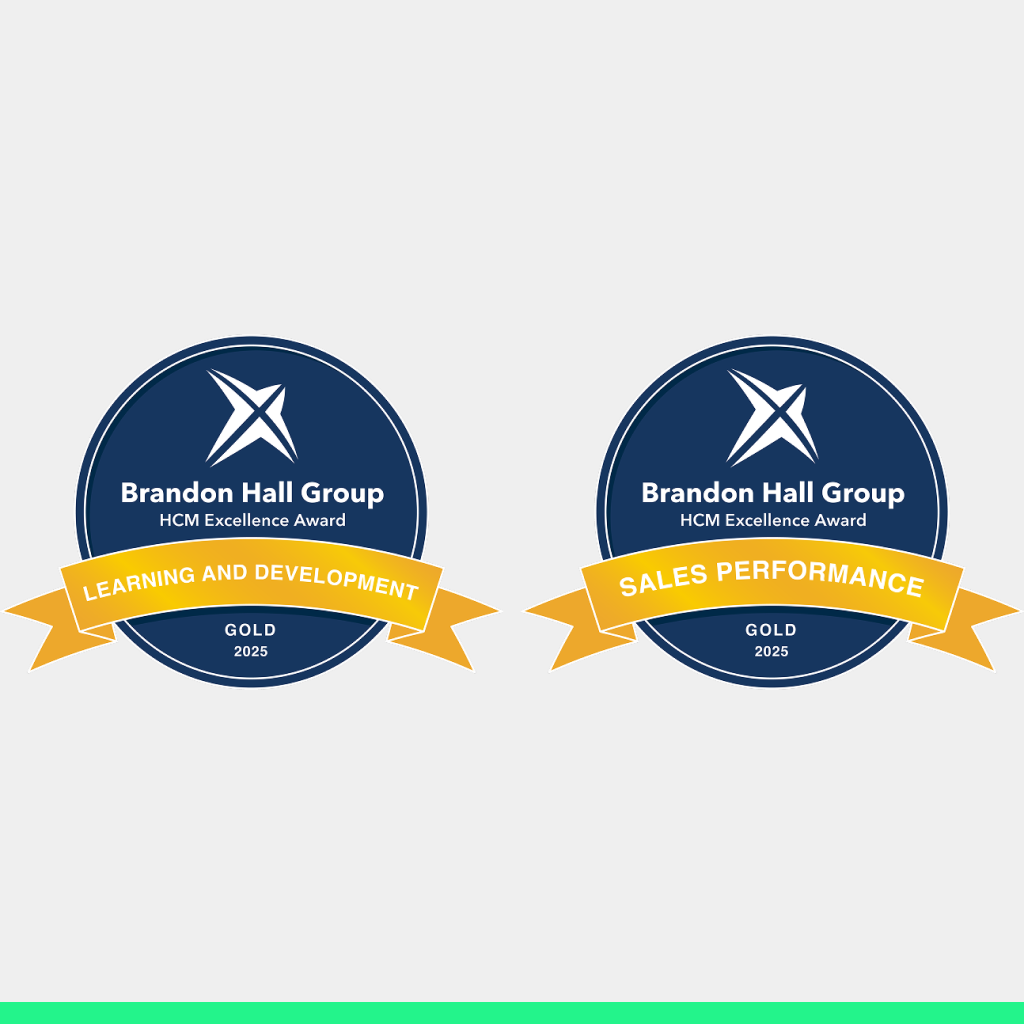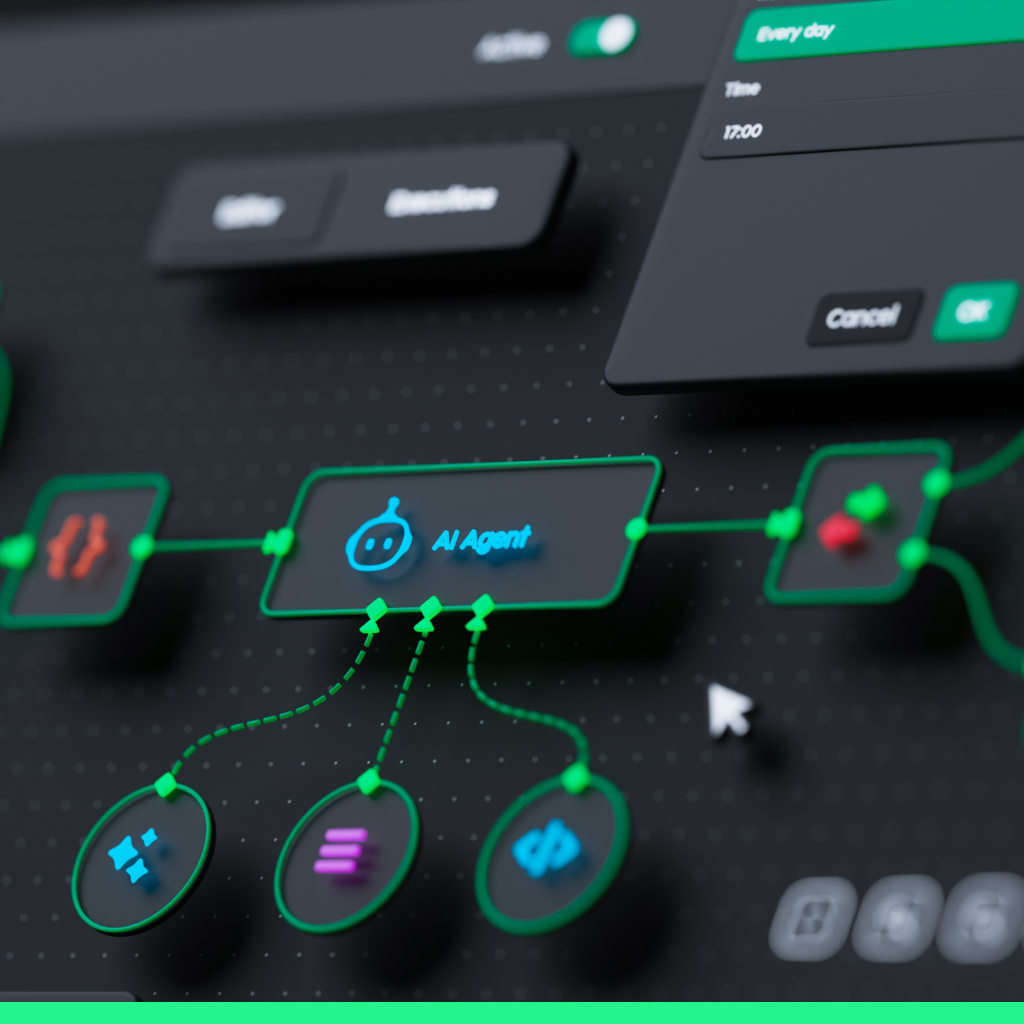When we design digital learning experiences for corporations, our clients often come to us with extensive content marketing libraries. They want to understand how these libraries differ from a digital learning experience. After all, don’t we watch webinars and read white papers to learn? Doesn’t this very blog post have a learning objective?
Yes, it does. But don’t worry, you won’t be tested on it.
While both content marketing and digital learning experiences share common elements, their fundamental purpose, structure, and engagement strategies differ significantly.
Understanding the Foundations: Shared Elements
Both content marketing and digital learning experiences involve, well, content: delivering information through various digital formats, such as articles, webinars, videos, and blog posts like this. And you can learn from both content marketing materials and digital learning content, with the overall experience an engaging and valuable one.
Moreover, brand building is deeply intertwined for both content marketing and digital learning experiences. We’ve written before about the importance of branding your digital learning experience, and how digital learning experiences in turn reinforce and build brands. And content marketing is a core brand strategy for nearly every marketing team.
Diverging Paths: Focus and Purpose
Despite these similarities, the fundamental purpose behind content marketing and learning experiences sets them apart.
Content Marketing: Driving Awareness and Action
Content marketing focuses on driving awareness, interest, and engagement among a target audience. The Content Marketing Institute defines content marketing as, “a strategic marketing approach focused on creating and distributing valuable, relevant, and consistent content to attract and retain a clearly defined audience — and, ultimately, to drive profitable customer action.”
Its purpose is therefore not learning in and of itself, but learning as a means to guide the target audience towards a desired action, such as a purchase. Content marketers design their content to address specific parts of the customer journey, and they produce different content for different buyer personas.
Content marketing is often linear and self-contained, relying on the audience to consume and interpret the content. That content consumption is often passive, and interaction is indirect, such as through comments or sharing. Content marketing prioritizes clear UX to facilitate easy consumption.
Digital Learning Experiences: Fostering Transformation and Skill Development
In contrast, a learning experience facilitates skill development, knowledge building, or behavior change through direct, interactive guidance.
There are six defining characteristics of a learning experience:
- A part of a larger journey toward a goal
- Includes guided thought prompts or activities
- Offers the ability to practice
- Has assessments and feedback
- Options for personalization
- Shows progress toward completion of a goal
Where content marketing’s narratives indirectly guide buyers towards a business action, learning experiences thread content together to enable learners to develop.
Learning experiences are therefore often non-linear and scaffolded to build understanding over time. They include opportunities to reflect, apply, and practice–actively assisting the learner in gaining and applying skills and knowledge. They are designed for transformation, with pathways tailored to individual needs and objectives, and an active engagement style that involves activities, scenarios, and assessments.
Purpose is the key difference between content marketing and digital learning
Ultimately, both content marketing and digital learning experiences achieve key business outcomes. Where they differ is in their perspectives and their purposes. For content marketing, the primary aim is to build the brand, generate leads, and ultimately drive revenue. The perspective is that of the business. While valuable information is provided, the underlying objective is always business outcomes.
For digital learning experiences, the ultimate goal is the learner’s transformation. The digital learning experience centers the learner’s perspective. It focuses on the learner’s acquisition of new knowledge, development of new skills, and ability to apply those skills effectively. Digital learning experiences can and do achieve valuable business outcomes and build the brand–a ripple-effect of an excellent learning experience is increased brand loyalty and all the accompanying elevated business outcomes. However, their immediate focus is on the learner’s growth and mastery.
| Learning Experience | Content Marketing | |
| Purpose | Facilitate professional development. Deliver value by actively assisting learner to gain and apply skills/knowledge. | Drive awareness, interest, and engagement. Deliver value while guiding toward a desired action |
| Structure | Often non-linear. Scaffolded to build understanding over time with opportunities to reflect, apply, and practiceFocuses on transformation with pathways tailored to individual needs/objectives | Linear, self-contained. Focuses on consumption with clear UX |
| Engagement Level | Primarily active. Guides learner through content and offers feedbackInteraction is direct | Primarily passive. Relies on audiences to consume and interpret contentInteraction is indirect |
Choosing the right tools
This is a content marketing piece about digital learning experiences, so clearly both content marketing and digital learning experiences have their role in achieving business objectives. They are both powerful tools, but they are tools designed to achieve different goals in different, albeit complementary, ways. Content marketing serves to inform and persuade, while learning experiences are designed to educate and empower. Recognizing this fundamental difference allows for a more strategic and effective application of each approach.




